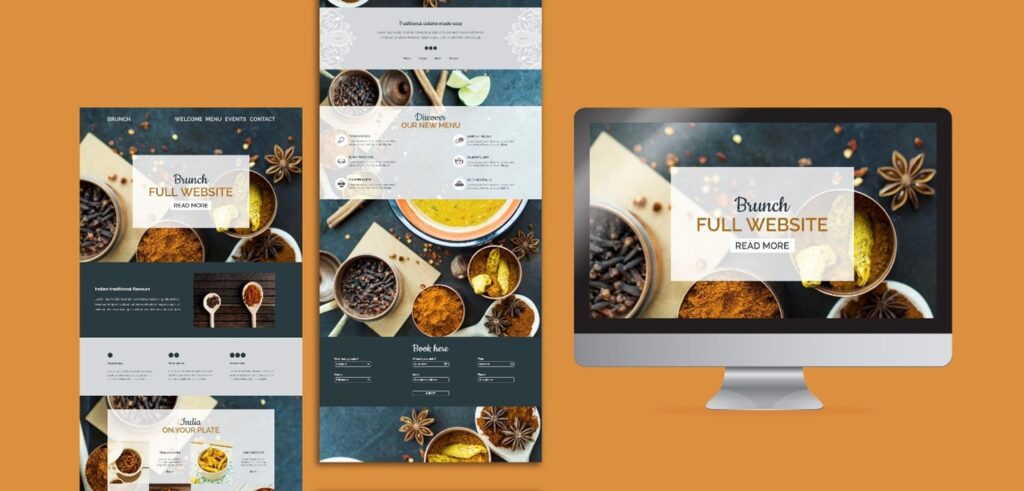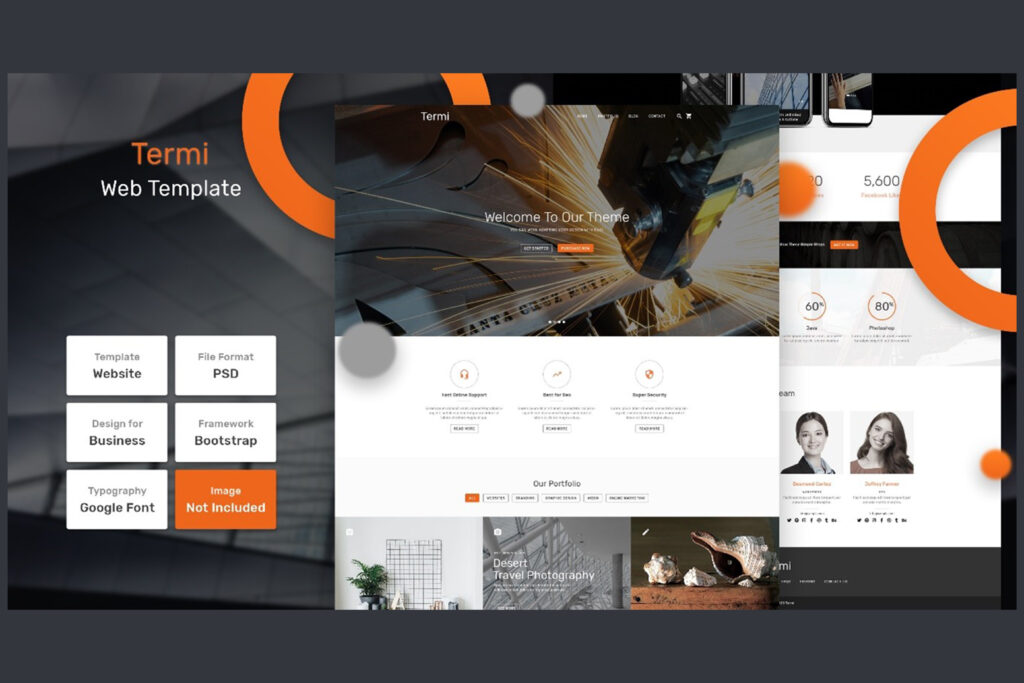Any website’s success is dependent on its web design. Whether or not the creators took the utmost care when creating it. The success of your well-designed site, which includes usability and utility, rather than the visual design, is determined by its usability and usefulness.
When designing a website many key factors will contribute to how it is perceived. A well-designed website can help build trust and guide visitors to take action.
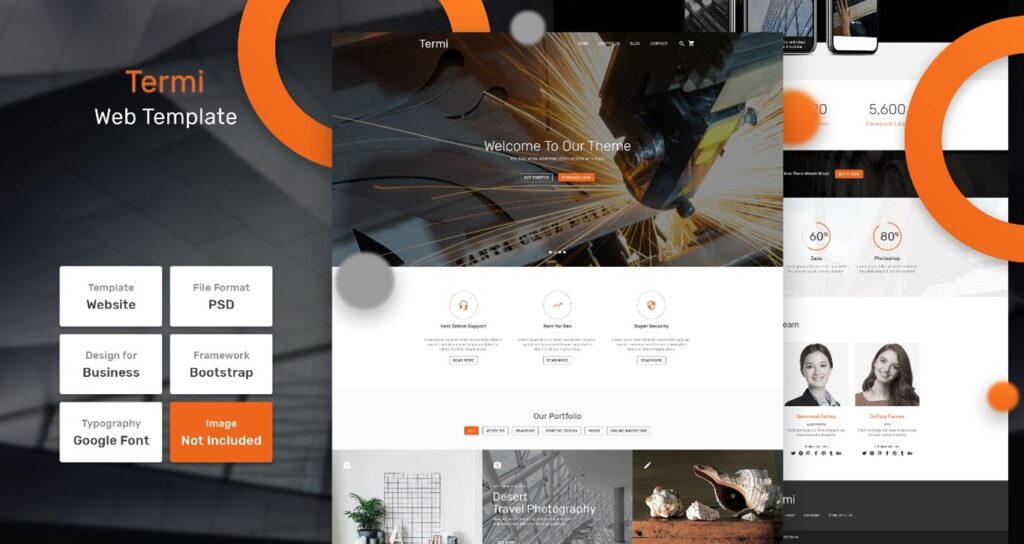
1. Website Purpose-
website design should be such that it will serve the purpose of our website. It should clearly define our area of expertise, our unique selling point, the type of service or product we are offering, etc. If it’s a baby product selling website then it should be designed according to that only.
2. Responsive Design-
Responsive design is a visual user interface (GUI) design strategy for creating content that adapts to different screen sizes without losing its quality. Designers use relative units (%) and media queries to maintain content uniformity across devices by automatically adapting their designs to the browser space.
Considering the “mobile-first” approach is very important because nowadays people spending maximum time on their phones.
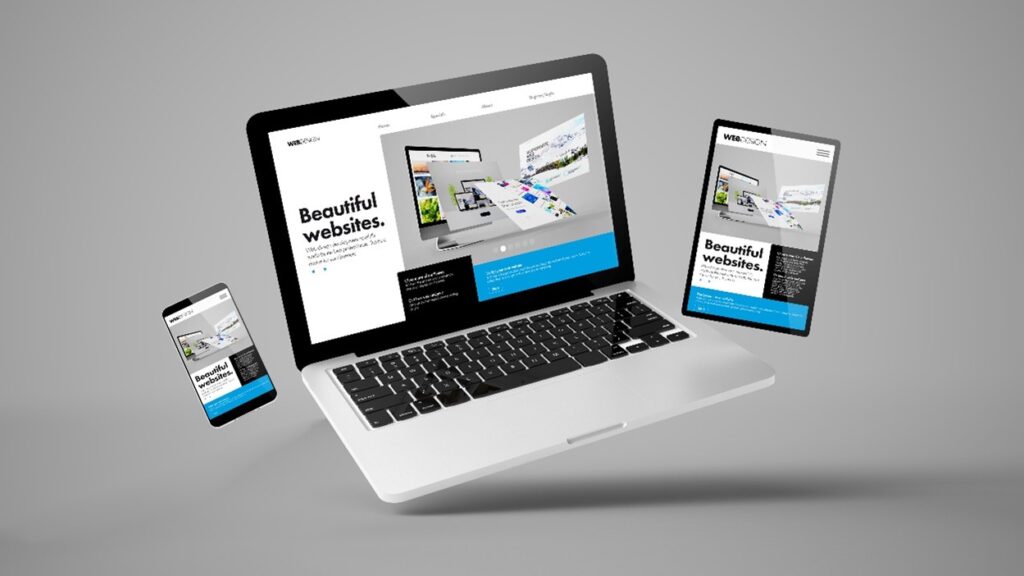
3.Minimum Loading Time–
Nobody loves a website that takes an excessive amount of time to load. So take care of that by reducing HTTP requests by minimizing picture sizes and combining code into a central CSS or JavaScript file. Compress HTML, JavaScript, and CSS as well for faster loading.
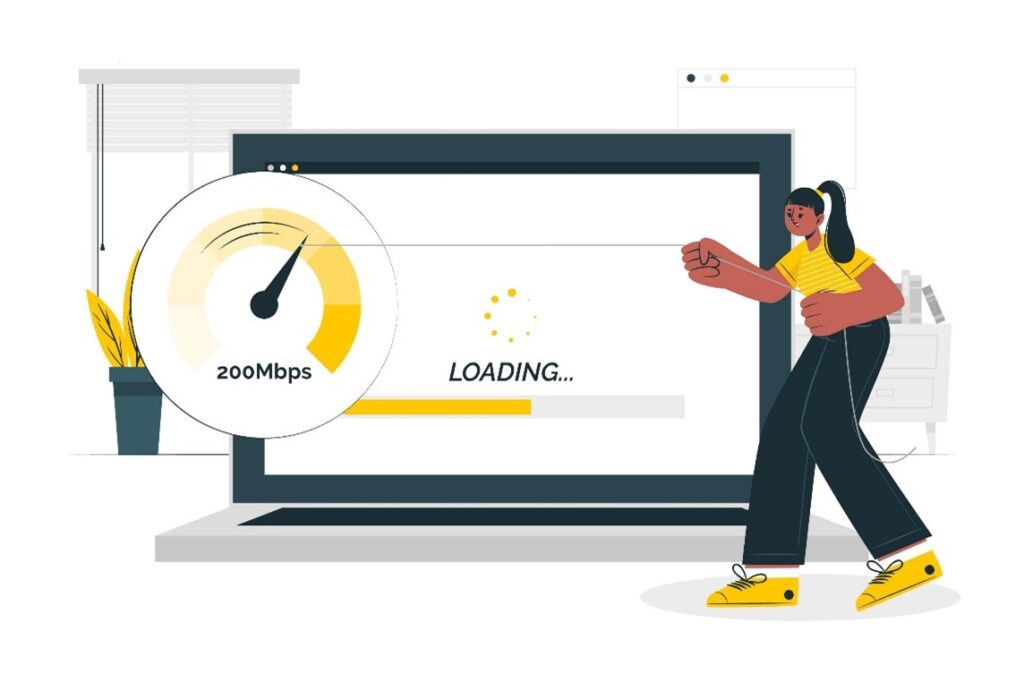
3.Typography & Readability-
No matter how our website is design when its text is not effective and readable it will not serve the purpose of the website. It’s surprising to assume that this crucial aspect of website design has been overlooked thus far. Font management is so critical that it may make or break a website’s and its content’s success.
The readability and legibility of a website are determined by its fonts. They influence the user’s mood. Some fonts are so neat that they entice readers to pick up a book and read it.
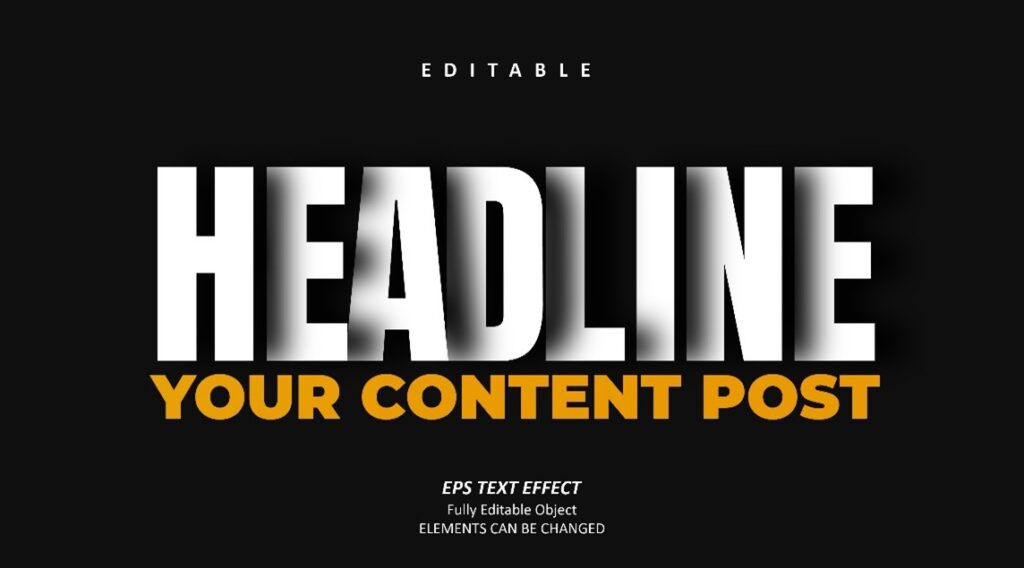
4.Easy Navigation-
According to experts’ people stay more time on the websites having easy navigation. With the help of buttons and simple navigation design we can engage our visitors for longer period.
5.Color Combination-
Color has the power to communicate messages and evoke emotional responses. Finding a color palette that is appropriate for your business can allow you to impact client behavior. Pleasing color combinations increase customer engagement.
